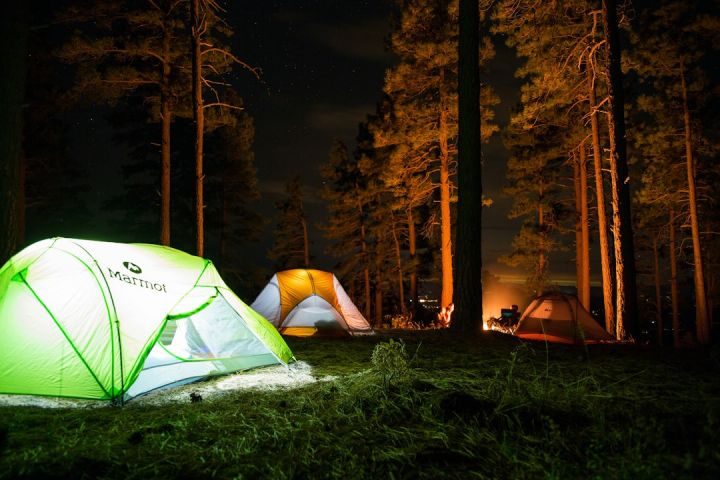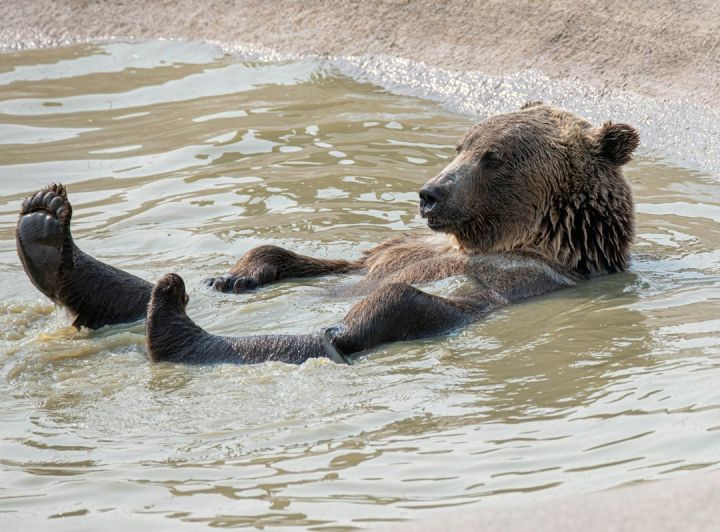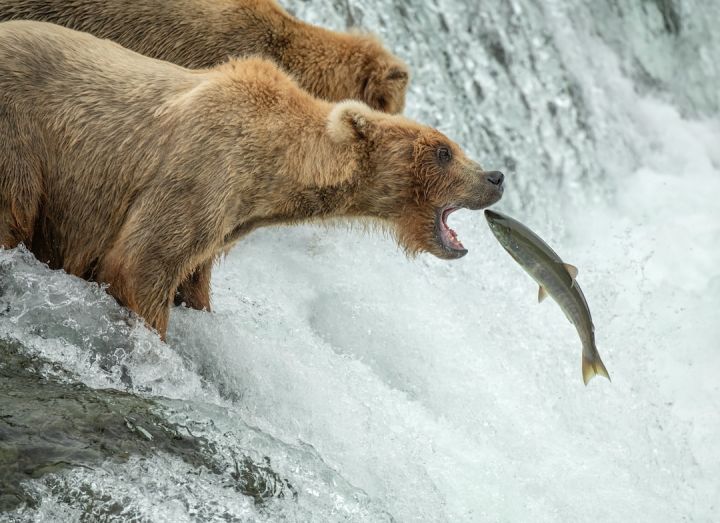What’s the Safest Way to Observe Bears?
Bears are majestic creatures that have captured the fascination of humans for centuries. However, it is important to remember that bears are wild animals and observing them can be dangerous if not done properly. In this article, we will explore the safest ways to observe bears in their natural habitat.
Understanding Bear Behavior
Before venturing out to observe bears, it is crucial to have a good understanding of their behavior. Bears are generally solitary animals that prefer to avoid human contact. However, they can become aggressive if they feel threatened or if their cubs are in danger. By knowing how bears typically behave, you can better anticipate their actions and keep yourself safe.
Keep a Safe Distance
When observing bears, it is essential to keep a safe distance at all times. A general rule of thumb is to stay at least 100 yards away from bears. This distance ensures that you do not disturb the bear and reduces the risk of any potential encounters. Remember, bears are incredibly fast and can cover large distances in a short period, so it is crucial to maintain a safe distance at all times.
Use Binoculars or a Telephoto Lens
To get a closer look at bears without compromising your safety, it is recommended to use binoculars or a telephoto lens. These tools allow you to observe bears from a distance and still capture incredible details. By using binoculars or a telephoto lens, you can observe bears without intruding on their space, minimizing any potential risks.
Avoid Surprising Bears
One of the most important things to remember when observing bears is to avoid surprising them. Bears have excellent senses of smell and hearing, but their eyesight is not as keen. Make noise as you approach, especially in areas with limited visibility, to alert bears of your presence. This will give them time to move away, reducing the chance of a surprise encounter.
Travel in Groups
When venturing into bear country, it is always safer to travel in groups. Bears are less likely to approach a larger group of people, as they generally prefer to avoid human interaction. By traveling in a group, you not only increase your safety but also have the opportunity to share the experience with others.
Stay on Designated Trails
When observing bears, it is essential to stay on designated trails. These trails are usually well-marked and have been established to ensure visitor safety while minimizing disturbance to wildlife. Straying from designated trails can lead to unexpected encounters with bears or other potential dangers, so it is best to stick to the path.
Avoid Feeding Bears
Feeding bears is not only dangerous but also detrimental to their well-being. Bears that become accustomed to human food can become aggressive and pose a threat to both humans and themselves. It is crucial to never feed bears or leave food out in the open. Additionally, properly store any food or scented items to prevent attracting bears to your campsite.
Conclusion: Enjoy Bears Safely
Observing bears in their natural habitat can be an awe-inspiring experience. By understanding bear behavior, keeping a safe distance, using binoculars or a telephoto lens, avoiding surprising bears, traveling in groups, staying on designated trails, and not feeding bears, you can ensure a safe and enjoyable bear-watching experience. Remember, it is essential to respect bears as wild animals and prioritize their safety and well-being.






